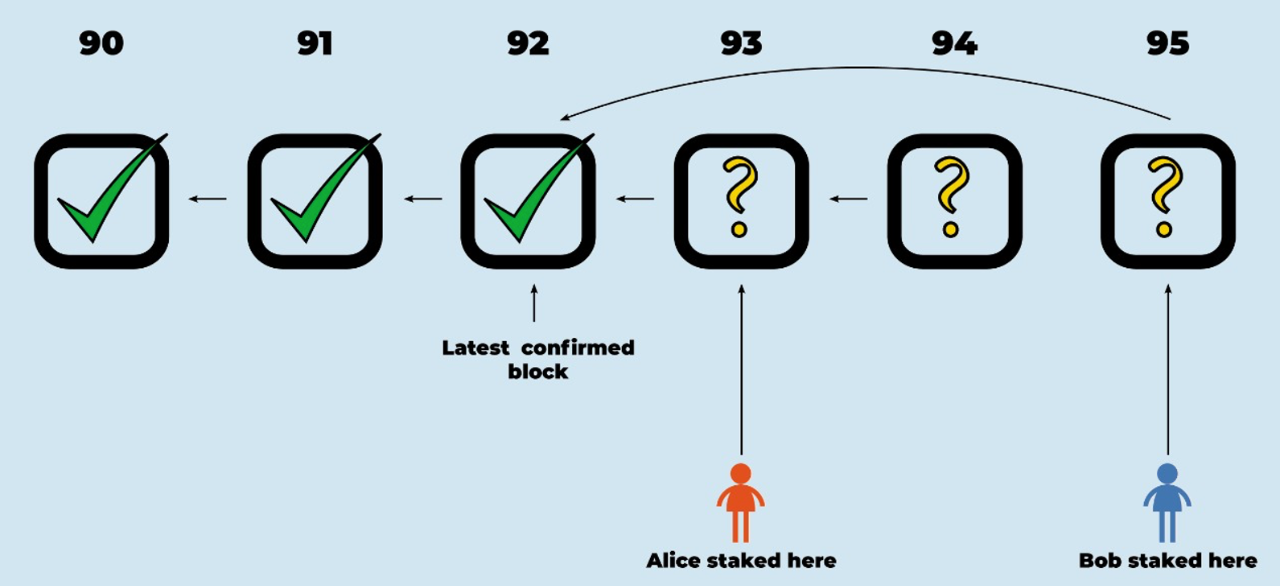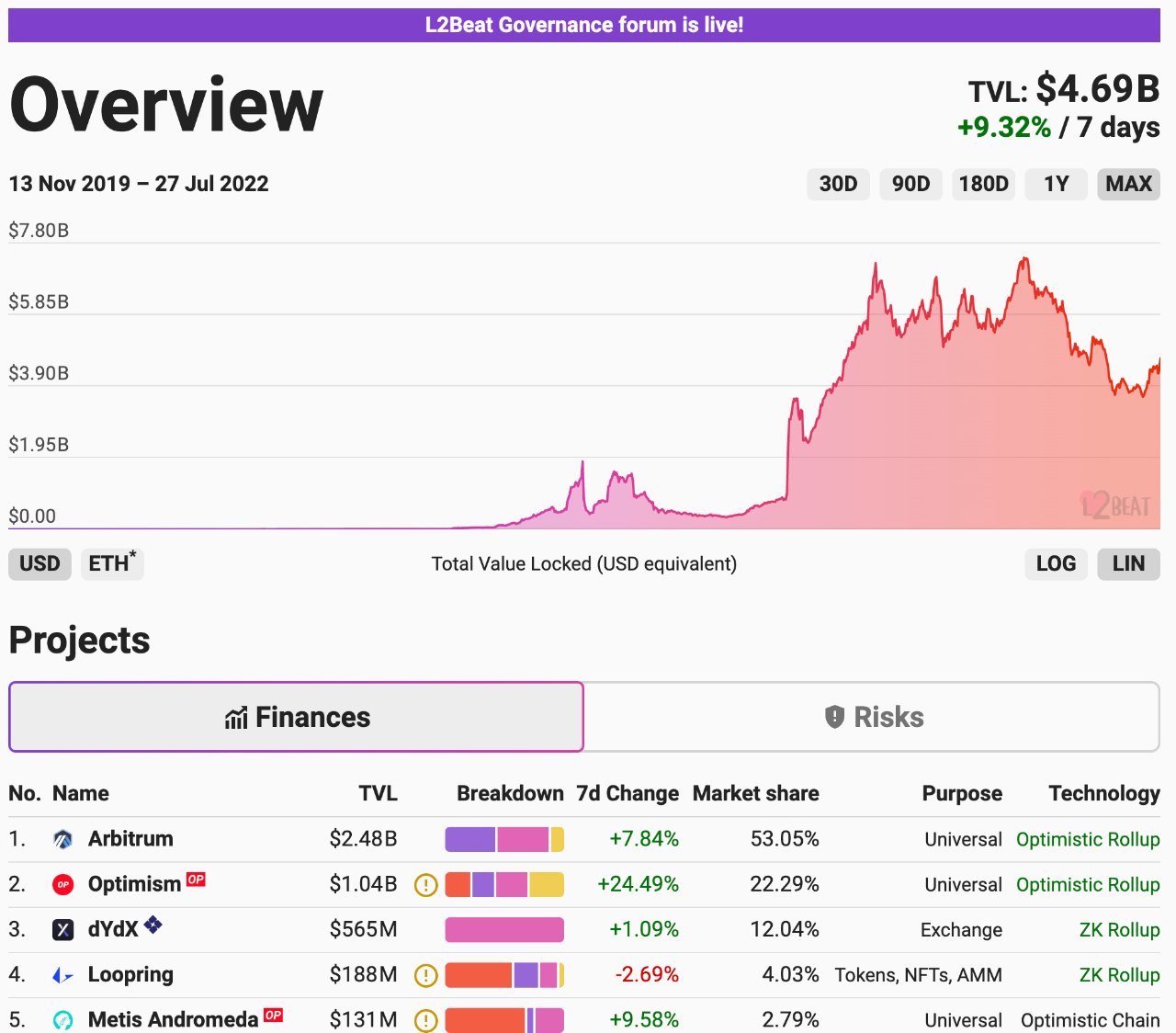What are the shortcomings of Optimistic Rollup compared to ZK Rollup?
Original Title: "The Winning Hand of Optimistic Rollups"
Author: IOBC Capital
Vitalik said in 2021:
In general, my own view is that in the short term, optimistic rollups are likely to win out for general-purpose EVM computation and ZK rollups are likely to win out for simple payments, exchange and other application-specific use cases, but in the medium to long term ZK rollups will win out in all use cases as ZK-SNARK technology improves.
The most well-known ZK Rollups projects have not yet issued tokens, such as zkSync, StarkEX, StarkNet, Aztec, while among the two leading Optimistic Rollups, the token for Optimism is already circulating on major exchanges. Recently, influenced by various factors such as interest rate hikes, the approach of ETH2.0, and the digestion of OP airdrop selling pressure, the OP price has also performed well. Faced with this strong price performance, many people can't help but ask: What exactly makes OP inferior to ZK?
Let me list a few key differences between Optimistic Rollup and ZK Rollup:
- First, security: ZK Rollup is superior to Optimistic Rollup. ZK Rollup submits new states to L1 along with proofs, inheriting L1's security guarantees; whereas Optimistic Rollup submits new states to L1 without accompanying proofs. When TVL grows to a certain amount, miners may be bribed, leading to fraudulent proofs not being included in blocks, thus creating theft risks.
- Second, scalability: ZK Rollup is superior to Optimistic Rollup. The actual throughput limit of Optimistic is 500 TPS, while ZK exceeds 2000 TPS, and StarkEx can even reach 9000 TPS.
- Third, verifiable finality: ZK Rollup is superior to Optimistic Rollup. The finality time for ZK Rollup is very short, for example, zkSync is 10 minutes; while the finality time for Optimistic Rollup is at least one week. The capital efficiency difference between the two is significant.
- Fourth, EVM compatibility: Optimistic Rollup is superior to ZK Rollup. Optimistic Rollup is compatible with EVM, allowing for a very quick and convenient migration of various Dapps from existing Ethereum Layer 1. Therefore, currently, the TVL rankings of Optimistic Rollup series Layer 2 projects are at the forefront. However, with the development of zkVM, this advantage of Optimistic Rollup will also be weakened.
To understand why Optimistic has lower security and capital efficiency than ZK, it is necessary to understand how Optimistic Rollup works. Next, let's take Arbitrum Rollup as an example:
Arbitrum Rollup is an Optimistic Rollup. Its basic architecture is shown in the figure below:

Arbitrum serves as a Layer 2 protocol for Ethereum, and EthBridge is the ultimate authoritative source of what is happening on the Arbitrum chain, also maintaining the chain's Inbox/Outbox. The execution environment of Arbitrum is AVM, which is designed based on EVM and has not changed in many aspects, so Arbitrum supports programs written or compiled for EVM. The operating system developed by Offchain Labs for Arbitrum is ArbOS, which provides a EVM-compatible execution environment for smart contracts, meaning that EVM-compatible Dapps can run in this operating system, allowing various Dapps on the Ethereum chain to migrate directly.
All transactions occurring on the Arbitrum Rollup chain are recorded on the Rollup chain. Executing transactions on Arbitrum also requires ETH Gas Fees, but it is much cheaper than on Layer 1. The raw transaction data submitted to the Ethereum chain is processed and stored on the Arbitrum Rollup chain. Optimizing transaction compression to minimize the content that needs to be published on the Ethereum chain is crucial for reducing costs and increasing throughput for Layer 2. For simple transfer transactions that do not carry their own Calldata, benchmark tests show that Arbitrum allows up to 4500 transfer transactions per second.
How is consensus achieved?
Arbitrum Rollup is an optimistic Rollup, meaning it initially assumes that everyone is honest, so when publishing assertions, it does not require accompanying proofs of their validity. Instead, it uses a fraud proof mechanism to ensure correct consensus in the Layer 2 network.
Arbitrum's Fraud Proofs: When an assertion is published on-chain, the validator making the assertion will post a bond, and there is a time window during which anyone can post their own bond and challenge the assertion if they believe it is incorrect. During the challenge window, the assertor and challenger can interact back and forth, with the on-chain contract acting as the referee for the protocol. Ultimately, the referee determines that one party made a false claim and confiscates the bond to punish that party.
So how does Arbitrum resolve disputes during the challenge period?
The core is interactive proving. This is essentially a detailed analysis of the dispute to find key points of contention, judged by a Layer 1 Referee (L1 referee).

For example: Suppose Alice submits an assertion (claiming that 93 is correct), while Bob disagrees and initiates a challenge (claiming that 95 is correct). If Alice's statement covers N execution steps, she publishes two statements of size N/2, which together produce her initial N-step statement, and then Bob chooses one of Alice's N/2 statements to challenge. The scale of the dispute has now been reduced by half. This process continues, halving the dispute at each stage until they disagree on a single execution step. Only when the dispute is narrowed down to one step does the L1 referee need to resolve it by examining the actual execution of the instructions and whether Alice's statement about it is correct.
The interactive proving used by Arbitrum differs from the re-executing transaction approach used by Ethereum Layer 1 in that: re-executing transactions requires simulating the entire execution of the transaction, while interactive proving allows Alice and Bob to narrow the dispute down to one step, so that the L1 referee only needs to simulate the execution of one transaction. The difference between Arbitrum and Optimism is also reflected in how disputes are resolved; Optimism runs the entire problematic transaction through EVM.
From the above, it can be seen that the reason Optimistic Rollups have lower security and capital efficiency than ZK lies in the different proof mechanisms.

Returning to the original intention of scalability, compared to the performance of Ethereum L1, Optimistic Rollup has actually achieved the main purpose of scalability, and due to the advantage of EVM compatibility, its development has been quite good. In the TVL rankings of Layer 2 projects, the two leading Optimistic Rollups, Arbitrum and Optimism, rank first and second with TVLs of 2.48B and 1.04B, respectively. The Arbitrum ecosystem hosts 249 application protocols across 21 categories, while the Optimism ecosystem has 179 projects.










